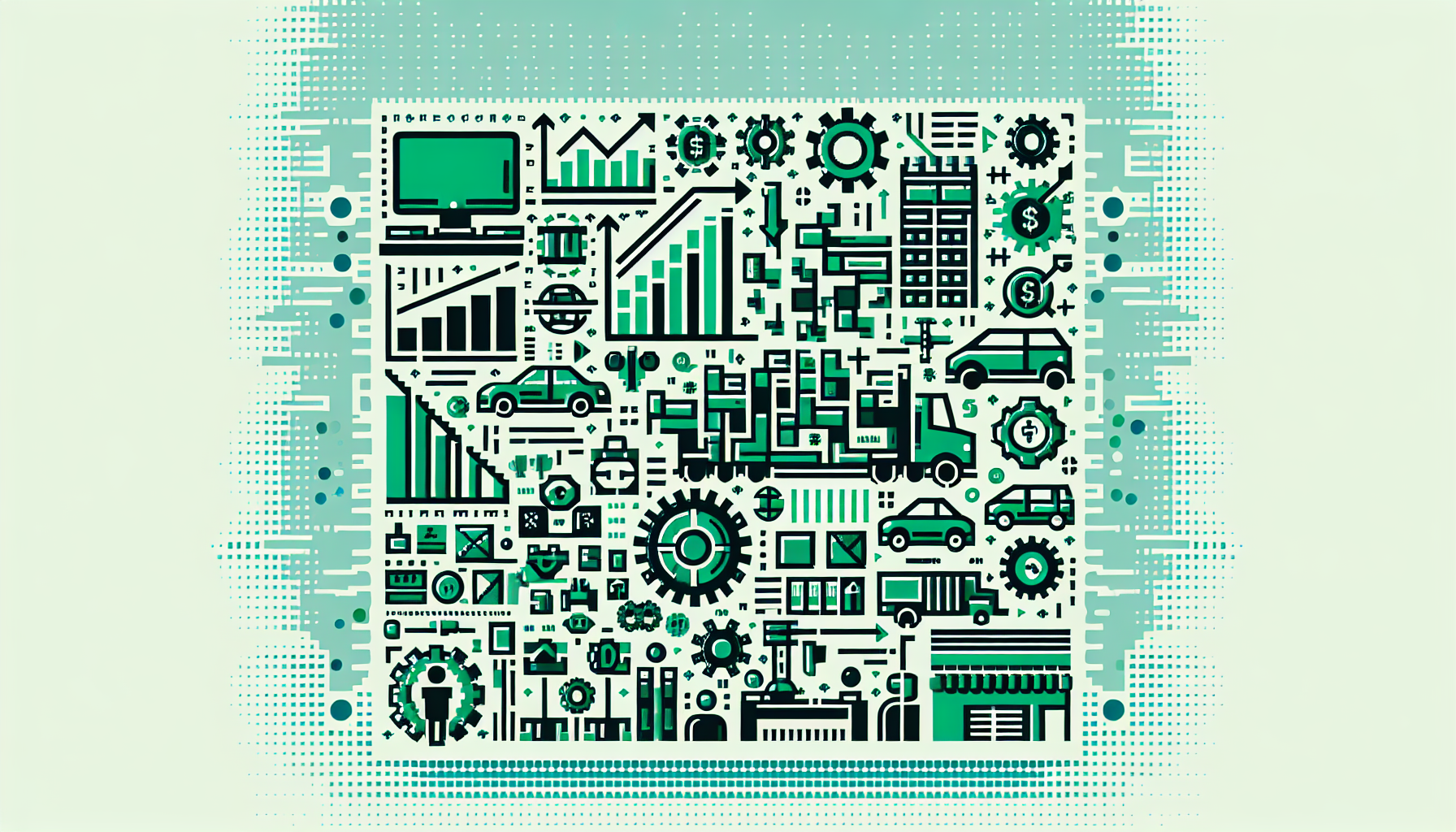A Python library for generating ASCII art from images with advanced filtering capabilities
Why it matters
- The new Python library allows developers to easily convert images into ASCII art, broadening creative possibilities.
- Enhanced filtering features enable users to customize their art, resulting in unique and personalized creations.
- This library caters to both amateur and professional developers looking to add a creative flair to their projects.
In an exciting development for the programming community, a new Python library has emerged that specializes in converting images into ASCII art while offering advanced filtering features. The library, known as Adhipk ASCII Art, is designed to provide users with the tools necessary to transform typical images into captivating textual representations, bridging the gap between visual art and programming.
ASCII art, a graphic design technique that uses printable characters from the ASCII standard to create images, has seen a resurgence in popularity in recent years. Enthusiasts and developers alike are drawn to this nostalgic form of digital art, which harkens back to the early days of computing. The Adhipk ASCII Art library taps into this trend by allowing users to seamlessly generate ASCII art from any image, with a focus on flexibility and customization.
One of the standout features of this library is its advanced filtering capabilities. Users are not only able to convert their images but can also apply various filters to enhance the output. These filters can adjust brightness, contrast, and even the density of characters used, providing an extensive range of options for users to explore. As a result, each piece of ASCII art can be tailored to the user's specific preferences, allowing for an unprecedented level of creativity.
The library is particularly accessible to both novice and experienced developers. With clear documentation and straightforward implementation, users can quickly integrate the library into their projects. This ease of use is vital, as it encourages a wider audience to engage with ASCII art, whether for fun, educational purposes, or commercial applications.
In addition to its user-friendly design, the Adhipk ASCII Art library stands out due to its efficiency. Written in Python, it leverages the language's strengths to deliver quick conversions without compromising on quality. The underlying algorithms are optimized to ensure that even large images can be processed rapidly, making it a practical tool for developers who may need to generate ASCII art on the fly.
Moreover, the library supports a variety of input formats, allowing users to start with images in different file types, such as JPEG, PNG, and more. This versatility ensures that creators can work with their preferred imagery without worrying about compatibility issues. As a result, the library opens up a broad spectrum of creative possibilities, inviting users to experiment with different styles and subjects.
The community aspect of this library also cannot be overlooked. Open-source projects like Adhipk ASCII Art foster collaboration among developers. Users are encouraged to share their creations and improvements, potentially leading to new features and enhancements based on collective input. This collaborative spirit not only enriches the library itself but also helps to cultivate a vibrant community of ASCII art enthusiasts.
As the demand for unique and engaging content continues to grow in various digital mediums, the Adhipk ASCII Art library positions itself as a valuable tool for artists and developers alike. By merging traditional art forms with modern technology, it empowers individuals to express themselves in new ways, offering an avenue for creativity that is both nostalgic and forward-thinking.
Whether for personal projects, educational tools, or commercial applications, the Adhipk ASCII Art library is set to make a significant impact. With its combination of simplicity, efficiency, and advanced features, it is poised to become a staple for anyone looking to explore the world of ASCII art generation. As users begin to harness its capabilities, the potential for innovative and eye-catching creations is virtually limitless.











